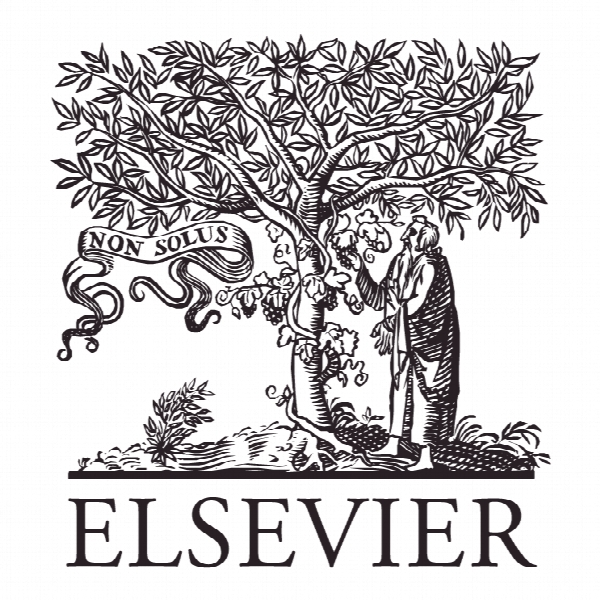شبیه سازی مکانی کاربرد آسان برای برنامه ریزی شهری در شهرداری های کوچکتر An easy-to-use spatial simulation for urban planning in smaller municipalities
- نوع فایل : کتاب
- زبان : انگلیسی
- ناشر : Elsevier
- چاپ و سال / کشور: 2018
توضیحات
رشته های مرتبط شهرسازی
گرایش های مرتبط طراحی شهری
مجله کامپیوترها، محیط زیست و سیستم های شهری – Computers Environment and Urban Systems
دانشگاه Lennershofstr. 140 – Bochum – Germany
منتشر شده در نشریه الزویر
کلمات کلیدی انگلیسی Spatial simulation, System dynamics, Hybrid modeling, Urban planning, Spatial attractiveness, Gamification
گرایش های مرتبط طراحی شهری
مجله کامپیوترها، محیط زیست و سیستم های شهری – Computers Environment and Urban Systems
دانشگاه Lennershofstr. 140 – Bochum – Germany
منتشر شده در نشریه الزویر
کلمات کلیدی انگلیسی Spatial simulation, System dynamics, Hybrid modeling, Urban planning, Spatial attractiveness, Gamification
Description
1. Introduction In the 21st century, urban decision makers find themselves simultaneously faced with a plethora of interconnected societal and ecological challenges. These challenges comprise, for instance, consequences of demographic change (Champion, 2001; Danielzyk, Meyer, & Grüber-Töpfer, 2010), demand-adapted local supply with basic services (Libbe, Köhler, & Beckmann, 2010), progressive soil sealing and its multi-scale effects on urban heat islands and heavy rains (Arnfield, 2003; Oke, 1973; Tyrna & Hochschild, 2010). Spatial decision support tools can provide informative assistance for urban planners and policy makers in order to meet the interconnected challenges of complex urban systems and to estimate consequences of specific planning strategies. In the last 70 years, various spatial simulations were created within the fields of system dynamics and agent-based modeling. The former dates back to the 1960s, when it was founded by Forrester (1969) at the Massachusetts Institute of Technology. It models circular causalities with reinforcing or extenuating feedback loops, which are usually spatially implicit (Scholl, 2001). Examples for system dynamics modeling platforms include Vensim (Ventana Systems, 2015), Powersim (Powersim Software, 2017) and Stella (isee systems, 2017). Agent-based models (ABM), also called individual-based or multiagent models, represent the second large research strain regarding system simulations. It dates back to the first cellular automata (CA) in the 1940s which – after the astonishing results of the game of life CA – experienced a renaissance in the 1970s when it was used in many disciplines (Gardner, 1970; Janssen, 2005). In recent years, CA models have been applied in various research fields such as savanna fire propagation (Berjak & Hearne, 2002), vegetation distribution and desertification (Kéfi et al., 2007), land cover and land use changes (Verstegen, Karssenberg, van der Hilst, & Faaij, 2014) and urban development (Batty, 2005; White & Engelen, 1993). Recent developments in this field of research include, for instance, CA models with varying cell shapes (Pinto, Antunes, & Roca, 2017), considering modeling uncertainties (Şalap-Ayça, Jankowski, Clarke, Kyriakidis, & Nara, 2018), patched-based logistic regression (Chen, Li, Liu, & Ai, 2014) and Bayesian CA approaches (Verstegen et al., 2014; Verstegen, Karssenberg, van der Hilst, & Faaij, 2016). “Agent-based models consist of a space, framework, or environment in which interactions take place and a number of agents whose behavior in this space is defined by a basic set of rules and by characteristic parameters” (Scholl, 2001, p. 2). Reynolds (1999, on his web page) further sets out that “there is an overlap between individual-based models and cellular automata” and that “cellular automata are similar to spatially-explicit, grid-based, immobile individual-based models”. In these models, the overall systemic patterns emerge from behavior of individual agents. This behavior is usually defined by a simple set of rules which, in most cases, is probabilistic and spatially explicit. Agent-based models have recently been applied to model, for instance, pedestrian movements in urban contexts (Omer & Kaplan, 2017), movements of individuals during an evacuation scenario (Tan, Wu, & Lin, 2015) and tenants’ choice of residence within a city (Shirzadi Babakan & Alimohammadi, 2016). Examples of platforms for modeling ABMs include RePast (Collier, 2003), SWARM (Minar, Burkhart, Langton, & Askenazi, 1996), Echo (Forrest & Jones, 1995), Boids (Reynolds, 2001), CORMAS (Bommel, Becu, Le Page, & Bousquet, 2016) and MASON (Luke, Balan, Sullivan, & Panait, 2015).


